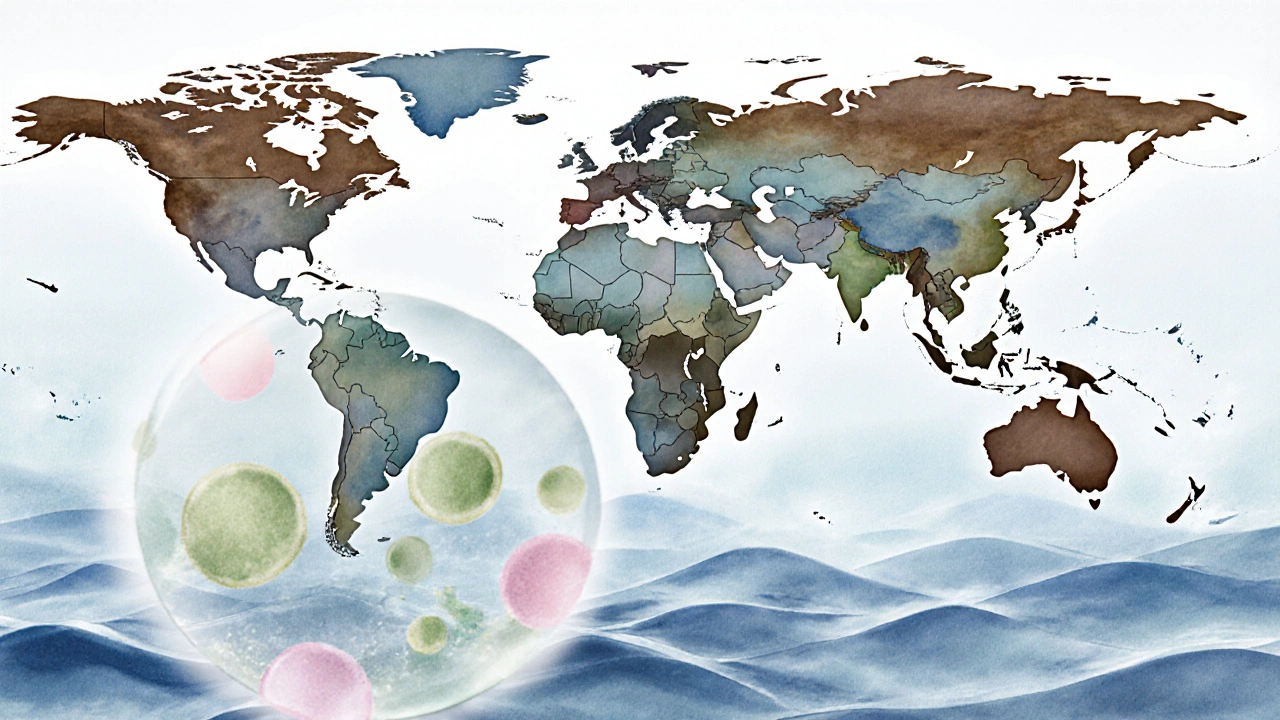A clear, conversational overview of amebiasis, its global health impact, transmission, treatment, prevention, and future outlook, aimed at non‑expert readers.
Read more
When dealing with Amebiasis, a parasitic infection of the large intestine caused by the protozoan Entamoeba histolytica. Also known as amoebic dysentery, it typically spreads through contaminated food or water, especially in regions with poor sanitation. amebiasis encompasses symptoms like diarrhea, abdominal pain, and sometimes bloody stools. Accurate diagnosis and timely treatment are the two pillars that decide whether the infection clears quickly or leads to serious complications such as liver abscesses.
Understanding the disease starts with reliable Diagnostic Testing, methods that detect the parasite in stool samples, blood, or tissue. Common approaches include stool microscopy, antigen detection kits, and PCR assays, each varying in speed and sensitivity. While microscopy is cheap, antigen tests give quicker answers, and PCR provides the highest accuracy, especially in low‑intensity infections. Choosing the right test influences treatment decisions, because doctors need to confirm the presence of Entamoeba histolytica, the specific organism that causes invasive disease before prescribing medication.
Once the parasite is confirmed, the focus shifts to Antiparasitic Medication, drugs that kill the parasite and resolve symptoms. First‑line agents such as metronidazole or tinidazole are highly effective at eradicating the invasive form, but they must be followed by a luminal agent like paromomycin to clear any remaining cysts in the gut. The choice of drug, dosage, and treatment length depends on disease severity, patient age, and any co‑existing conditions. Because cost can be a barrier, especially in low‑income settings, many patients look for generic options that maintain safety while lowering price—a core focus of ThriftyMeds. Monitoring side effects, staying hydrated, and completing the full course are essential steps that prevent relapse.
Beyond diagnosis and medication, prevention plays a big role in reducing new cases. Simple measures like washing hands with soap, drinking filtered or boiled water, and eating well‑cooked foods cut the transmission chain. Travelers to endemic areas should be extra cautious, using bottled water and avoiding street‑food salads. The articles below dive deeper into each of these areas: detailed drug comparisons, safety tips for buying affordable generics, step‑by‑step guides on recognizing symptoms, and practical advice on staying healthy while on a budget. Explore the collection to arm yourself with the knowledge you need to manage or avoid amebiasis effectively.

A clear, conversational overview of amebiasis, its global health impact, transmission, treatment, prevention, and future outlook, aimed at non‑expert readers.
Read more